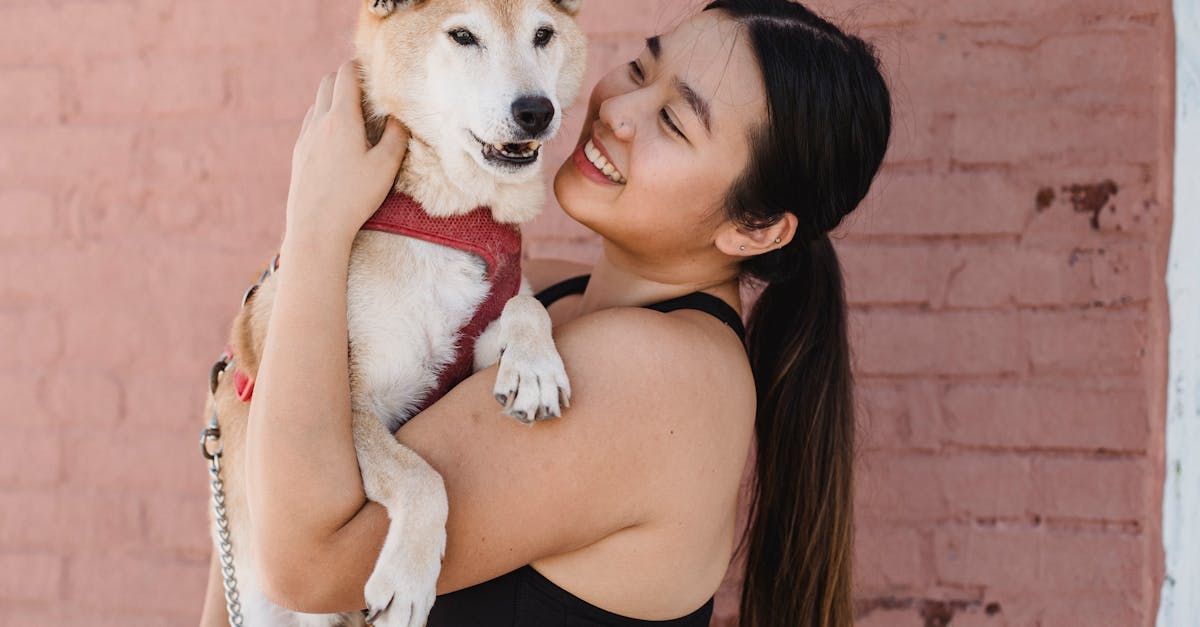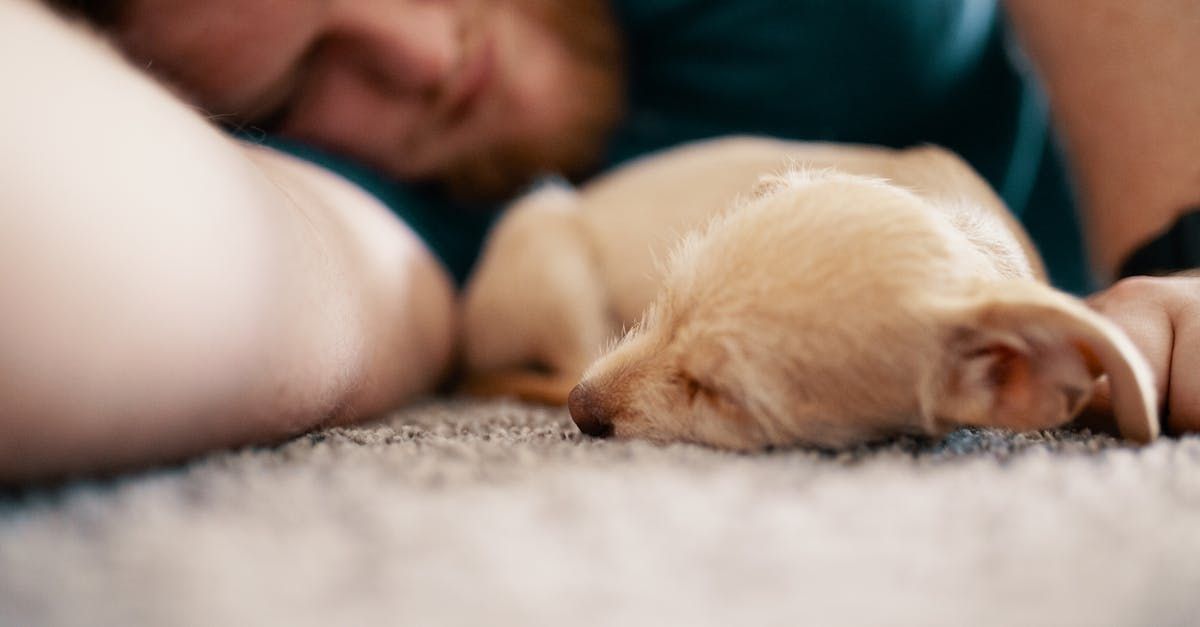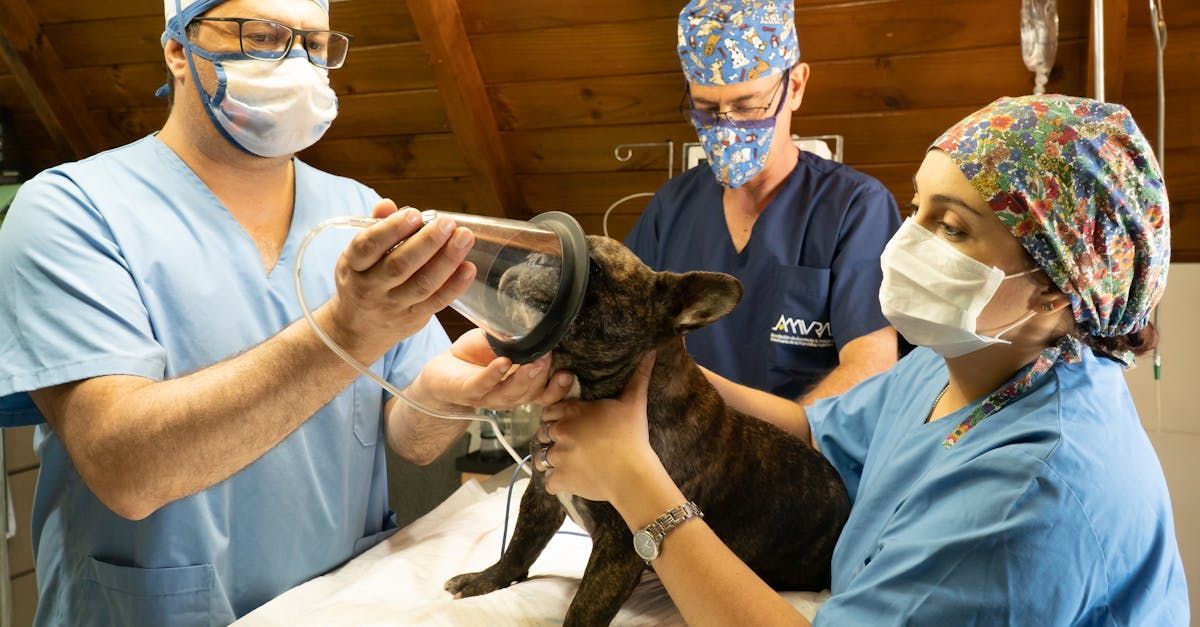Understanding and Dealing with Littermate Syndrome
Understanding and Dealing with Littermate Syndrome
Littermate syndrome is a behavioral condition that can develop when two puppies from the same litter are raised together. While it might seem like adopting two puppies at once would be beneficial for companionship, it can lead to significant behavioral issues. Here’s an in-depth look at what littermate syndrome is and how to effectively manage it.
What is Littermate Syndrome?
Littermate syndrome refers to a range of behavioral issues that can arise when two puppies from the same litter are raised together. These issues stem from the puppies' excessive attachment to each other, leading to poor socialization and developmental problems.
Common Symptoms of Littermate Syndrome
- Hyper-Attachment: The puppies become excessively dependent on each other, resulting in separation anxiety when they are apart.
- Poor Socialization: The puppies may become fearful or aggressive towards other dogs and people because they only interact with each other.
- Behavioral Issues: They may exhibit aggression towards each other, resource guarding, and intense sibling rivalry.
- Training Challenges: Training two puppies simultaneously can be difficult, especially when they are more focused on each other than on their human handlers.
How to Prevent and Deal with Littermate Syndrome
Preventing and managing littermate syndrome requires careful planning and consistent effort. Here are some strategies to help:
1. Separate Training and Socialization
- Individual Time: Spend individual time with each puppy daily. This helps them develop their own identity and bond with you as their owner.
- Separate Training Sessions: Train each puppy separately to ensure they focus on you and not each other. This also helps in identifying and addressing each puppy’s specific needs.
2. Gradual Separation
- Separate Sleeping Areas: Initially, let them sleep in separate crates or rooms. Gradually increase the duration of these separations.
- Separate Playtime: Allow them to play separately with other dogs to enhance their socialization skills and reduce dependency on each other.
3. Consistent Socialization
- Expose to Different Environments: Take each puppy to different places individually to expose them to various sights, sounds, and experiences.
- Meet Different People and Animals: Ensure each puppy interacts with a variety of people and other animals independently.
4. Professional Help
- Puppy Classes: Enroll each puppy in separate puppy classes to ensure they learn to interact with other dogs and people without their sibling.
- Behavioral Consultation: If you notice severe behavioral issues, consult a professional dog trainer or behaviorist who has experience with littermate syndrome.
5. Balanced Attention
- Equal Attention: Make sure each puppy gets an equal amount of attention and affection to prevent jealousy and rivalry.
- Individual Bonding: Strengthen your bond with each puppy individually through one-on-one activities like walks, playtime, and training sessions.
Success Stories and Real-Life Examples
Many dog owners have successfully managed littermate syndrome with dedication and the right strategies. For example, Sarah, a dog owner, adopted two Labrador puppies from the same litter. Initially, the puppies displayed signs of littermate syndrome, such as severe anxiety when separated and difficulty in training. Sarah implemented individual training sessions, separate playtimes, and consistent socialization efforts. Over time, both puppies became more confident, well-behaved, and independent.
Conclusion
While adopting two puppies from the same litter might seem like a great idea, it can lead to littermate syndrome, causing behavioral issues. By understanding what littermate syndrome is and implementing strategies like separate training, gradual separation, consistent socialization, and seeking professional help, you can prevent and manage these issues effectively. With patience and dedication, your puppies can grow into well-adjusted, confident, and independent dogs.
Remember, the goal is to help each puppy develop their own unique identity and thrive as an individual, leading to a happier and healthier life for both of them.













